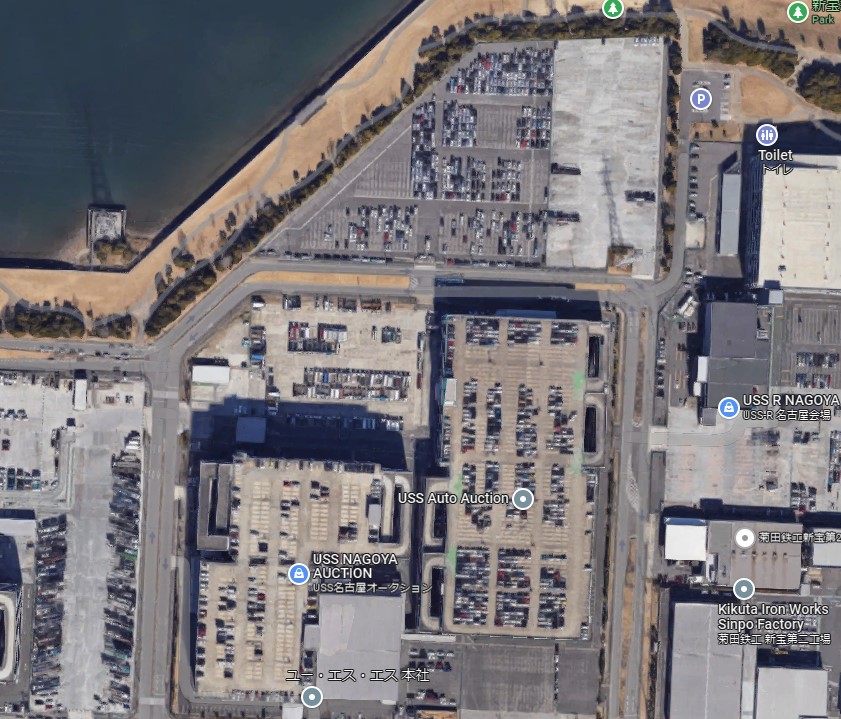
The USS Auctions have 19 sites throughout Japan. They still utilize a satellite TV system with their dedicated terminal. The data you view on the terminal runs through the satellite system. We have been using this system for over 20 years, so it is not a new technology. However, when it comes to bidding, you don’t bid through the satellite system but participate live via a telephone line.
Membership is required, and becoming a member of one auction allows you to view and bid on all auctions. We initially became a member of USS Osaka.
Here are some figures from the USS Auctions homepage: In the period from 2020 to 2021, approximately 2.66 million vehicles went through the auctions, of which 1.68 million were sold (a 63% success rate/sale rate). There are 48,000 member companies, where a member is an official used car dealer registered with the police. USS Auctions hold a 37% market share in the used car auction industry in Japan.
The purchasing process is as follows: Unlike online-only auctions like Aucnet, where cars are sold directly from a dealer’s yard, in most auctions, cars are sent to the auction location at least a day before the auction day. Each USS auction takes place only one day per week. The cars are inspected and graded on a scale from 0 (indicating repair history or present crash condition) to 9 (basically brand new). It should be noted that different USS auctions may have varying inspection standards, and it would be ideal to establish a consistent standard throughout Japan.
During the inspection process, the cars are photographed; however, these photos are copyrighted and must not be shared, even if you have purchased the vehicle. On auction day, you can either physically inspect the cars or rely on the auction sheet provided by the auction. The best approach would be to do both, although time limitations may make it challenging to view all the cars thoroughly. It’s important to note that claims of personally viewing all the cars being bid on may be questionable, as a brief viewing may sometimes lead to mistakes. If you require additional information about a specific car, you can request an inspection (“shitami or 下見 literally meaning looking below” in Japanese) for a fee, and the auction will send out an inspector to address your request.
After successfully bidding higher than anyone else, the purchase is made. Payment is then made to the auctions, and often, the cars are not released to transporters until the payment is completed. This payment covers the car price, auction fees, and negotiation fees if the car was acquired through negotiation. The seller sends the necessary certificates, including the legal registration document (either in present-registration format or de-registered format), the stamp certificate of the previous owner for ownership change, and related compulsory insurance documents, to the USS auction if a sale has been confirmed.
Lastly, let’s take a look at the biggest USS auctions. If you haven’t heard of USS Tokyo, you are probably new to importing cars from Japan. USS Tokyo is the largest auction within the USS auction group as well as in Japan overall. Here is the ranking:
1. USS Tokyo – Auction held on Thursdays
2. USS Nagoya – Auction held on Fridays
3. USS Kyushu – Auction held on Saturdays
The fourth spot is a close competition between:
– USS Sapporo – Auction held on Wednesdays
– USS Kobe – Auction held on Tuesdays
– USS Yokohama – Auction held on Tuesdays